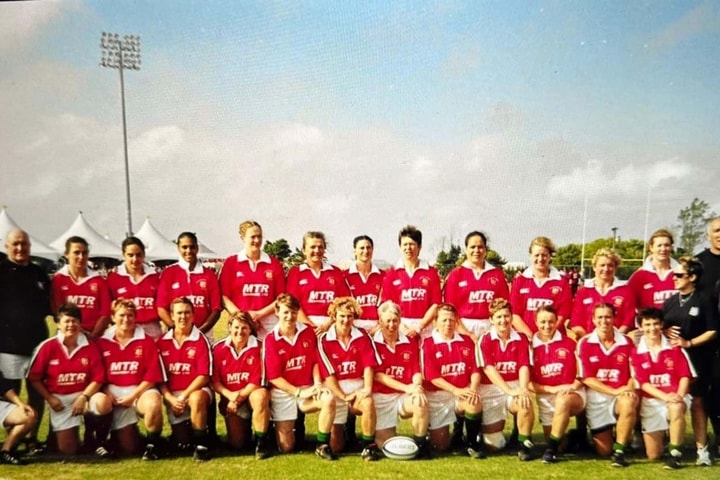Of all the meticulous planning that went into the organisation of the first women's Rugby World Cup in 1991, the trophy itself was something of an afterthought.
'We wanted something nice, but not expensive', said Sue Dorrington, one of four women most credited with bringing the tournament into existence.
So it was that in early Spring 1991, Sue found herself in Hatton Garden, the London street synonymous with silversmiths.
'I wanted something different, something that could be associated with women's rugby', she said and, though she can no longer recall which shops she visited, she found it.
The original women's Rugby World Cup trophy cost a princely sum of £1,007. A closer look at the silver hallmarks explain that the trophy was produced by Birmingham based silversmiths Adie Brothers in 1924. One of its most distinctive features is the organic, Art-Nouveau-style openwork pattern around the rim. This gives it a delicate, almost lace-like quality that may have seemed somehow more feminine when Sue selected it.
Whilst aesthetically beautiful, a practical drawback of the design was discovered when, having won it, both the USA and England were unable to drink out of it as the champagne kept escaping through the gaps.
It was first awarded, later that year, to triumphant USA captain Mary Sullivan who, at the age of 39, became the first player to lift the women's Rugby World Cup trophy. Three years later England defeated USA in the final at Raeburn Place, Edinburgh and it was Karen Almond's turn to lift the trophy for the Red Roses.








